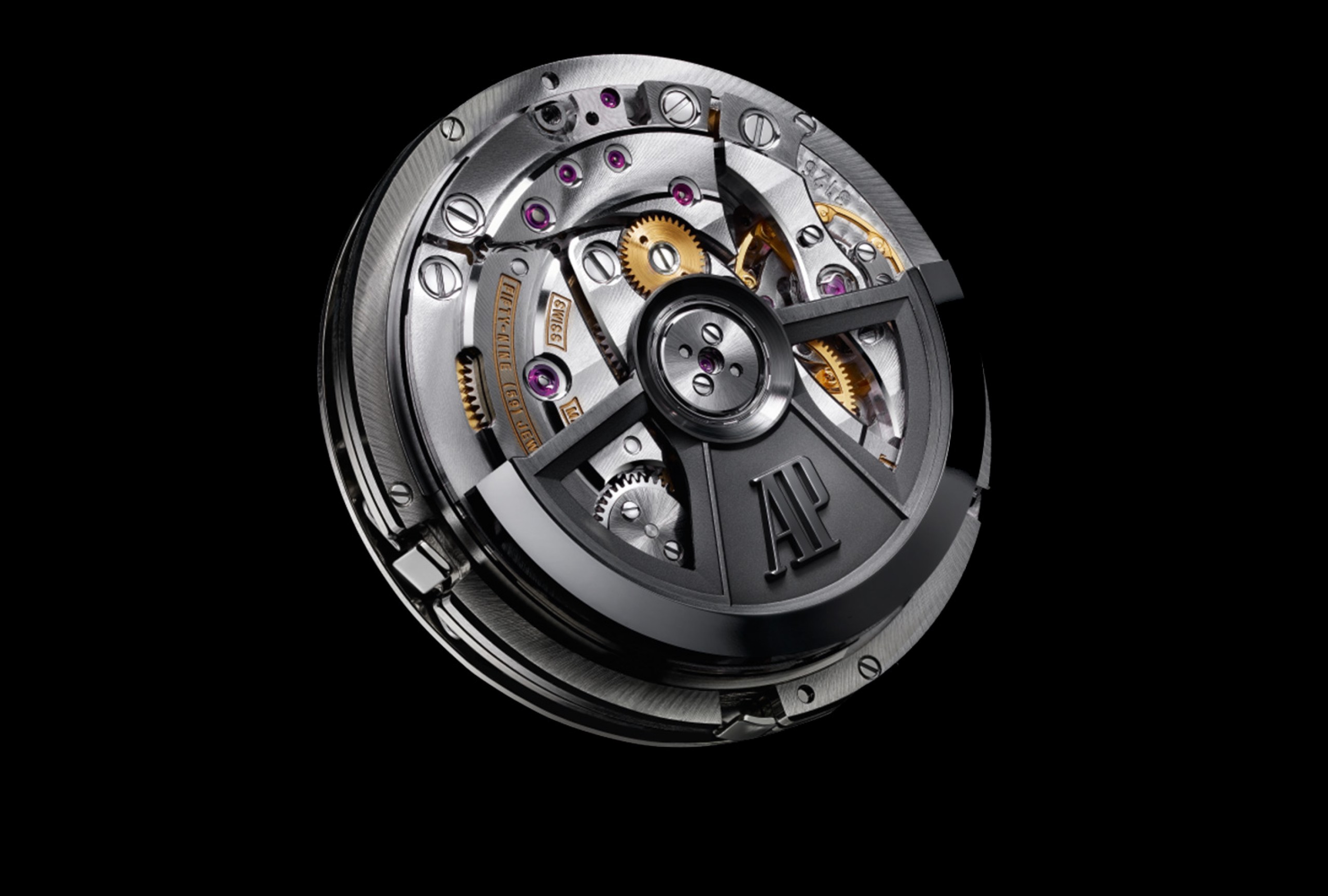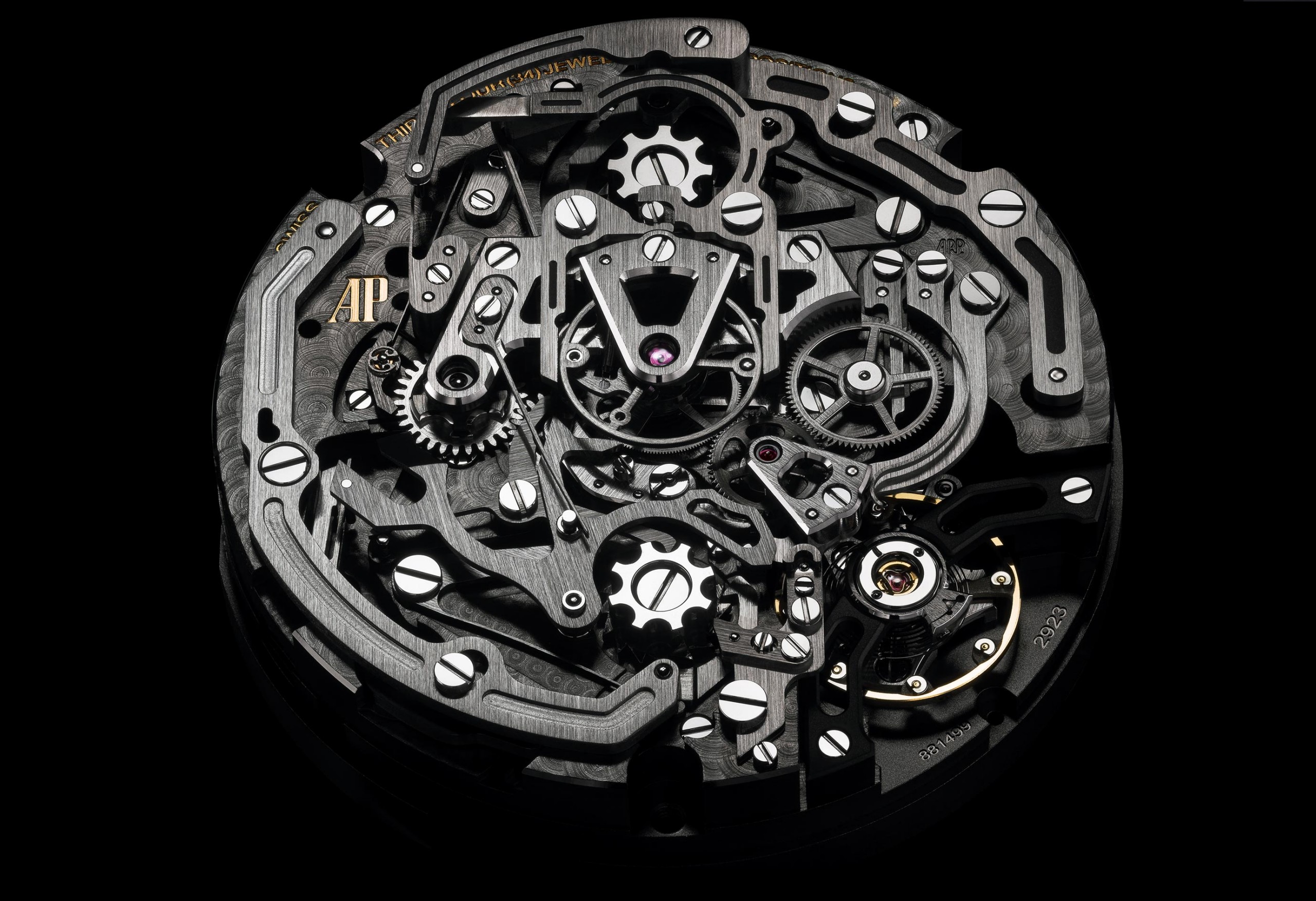Chronographs were developed in the 19th century with the increasing necessity to measure short periods of time and performances, such as horse races.
Like striking and astronomical complications, chronographs have been a speciality of Audemars Piguet since its inception. Of the 1,625 watches produced in the 1880s and 1890s, just over 600 models contained a chronograph, half of which were equipped with a split-second function and six with a jumping seconds display. Since then, Audemars Piguet has continuously produced watches with the chronograph function.






?size=1071,515&fmt=avif-alpha&dpr=off)

































